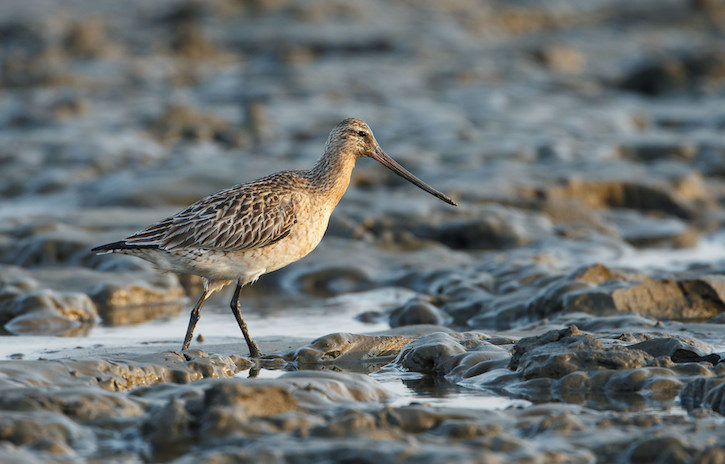
Millions of migratory birds have returned to China’s coastal wetlands—stopping to refuel for their long journey to their southern winter homes. But as a result of expansion of industry and agriculture, the wetlands and the birds they sustain are disappearing rapidly.
There is hope: in its drive to build an “Eco-Civilization” that better balances nature with development, China’s government is paying increasing attention to protecting the precious wetlands.
Here are 5 things to know:
- They are the most threatened but least protected ecosystems in China: Over the past 50 years, more than 60% of China’s coastal wetlands have been destroyed. According to the Blueprint on Coastal Wetlands published in October 2015 by the Paulson Institute and the Chinese Academy of Sciences’ Institute of Geography, some 53% of temperate coastal ecosystems, 73% of mangroves, and 80% of coral reefs have been lost due mostly to development. Only 24% of coastal wetlands have been legally designated as protected areas, much lower than the mean wetland protection rate across China of 43.5%.
- They provide crucial ecosystem services: Wetlands cycle nutrients, store carbon, purify water, absorb pollutants and provide spawning and nursery grounds for many fish species and organisms that maintain marine ecosystem health. Wetlands protect coastal cities and communities from the rise of sea levels and extreme weather events such as typhoons.
- Migratory birds rely on them: Coastal wetlands provide critical breeding, staging and over-wintering sites for many migratory birds globally. Among the nine flyways for water birds globally, three pass through China. At least 27 species of water birds are critically endangered, among which 24 species mainly live in China’s coastal wetlands.
- They protect us against the effects of climate change: Half of China’s cities are in coastal regions, which are home to 40 percent of the country’s population, contributing to 60% of the national GDP. Wetlands are important barriers against rising sea levels and extreme weather events caused by global warming. They play an important role in the supporting the economy of the coastal regions, sustainable development of society, and mankind’s well-being.
- Their destruction is set to cross the “red line”: According to the Blueprint Report, if China fulfills its current 2020 economic development plans in the coastal regions, and all planned projects go forward, destruction of coastal wetlands due to reclamation for development will cross the “red line” of 800 million mu of wetlands defined by the government in 2015 as the minimum area required to maintain China’s basic ecological security, such as providing fishery products, fresh water and flood control.
Learn more about our specific recommendations for improving the protection of China’s coastal wetlands. The Paulson Institute is supporting the Chinese government and scientific research institutes on policy recommendations and training to strengthen conservation and management of China’s endangered coastal wetlands. The Paulson Institute has launched strategic research, a coastal wetlands protection network, and pilot projects on the ground. The projects are funded by the Lao Niu Foundation and have been implemented by Chinese partners.


